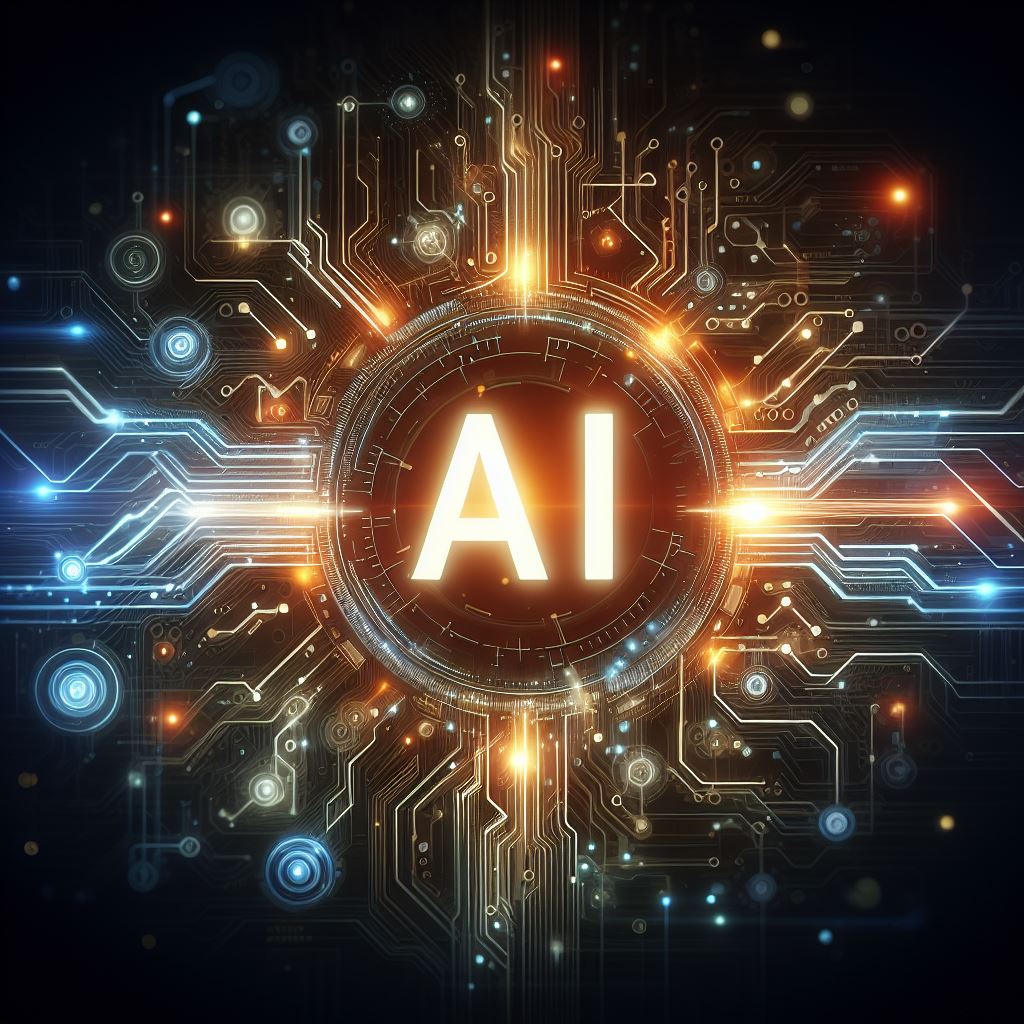Certainly! Artificial Intelligence (AI) is a fascinating field that bridges the gap between human intelligence and machine capabilities. Let’s explore what AI truly entails:
- Definition:
- AI refers to computer systems capable of performing tasks that historically required human intelligence.
- These tasks include reasoning, decision-making, and problem-solving.
- AI encompasses various technologies, such as machine learning, deep learning, and natural language processing (NLP).
- What AI Does:
- Recognizing Speech: AI systems can transcribe spoken language into text, enabling voice assistants and transcription services.
- Making Decisions: AI algorithms analyze data to make informed choices, from recommending TV shows to optimizing travel routes.
- Identifying Patterns: AI excels at recognizing complex patterns in data, aiding fields like finance, healthcare, and marketing.
- Types of AI:
- Narrow AI (Weak AI): Specialized systems designed for specific tasks (e.g., chatbots, recommendation engines).
- General AI (Strong AI): Hypothetical machines with human-like intelligence across various domains (still a work in progress).
- Real-World Examples:
- Chatbots: AI-powered virtual assistants handle customer queries in real time.
- Computer Vision: AI algorithms analyze images and videos, enabling facial recognition and object detection.
- Machine Learning Models: These models recommend songs, personalize content, and predict outcomes.
- Benefits and Dangers:
- Benefits: AI enhances efficiency, automates processes, and improves decision-making.
- Dangers: Ethical concerns (bias, privacy), job displacement, and potential misuse.


